June 2021 - Member Spotlight
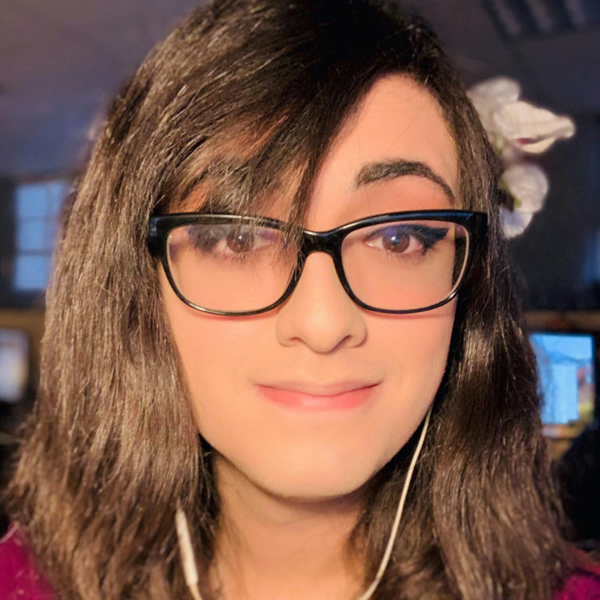
Nazul Sobrino
Storyboard Revisionist
Storyboard Revisionist
I’m Nazul Sobrino and currently a storyboard revisionist with Nickelodeon Animation Studio. Previously, I worked at Stoopid Buddy Studios. Right before I started college at California State University Fullerton, I made a last-minute decision to change my major to arts. I think that was the best decision I’ve ever made! As second-generation Mexican-American and member of the LGBTQ+ community, I’m proud to be a LXiA member.
Tell us more about yourself and your professional journey. What led you to becoming a storyboard artist?
I’m a second-generation Mexican-American storyboard artist and revisionist. I’m also a hobbyist musician and writer. I’ve always been attuned to the creative side of my brain since I was young, and so all my hobbies revolved around art, music, and writing. However, I was always told that the arts weren’t a viable career choice, so in high school I delved into computer science. I didn’t enjoy it, but I loved doing animation and design for the projects I worked on. Right before I started college at California State University Fullerton, I made a last-minute decision to change my major to arts. I think that was the best decision I’ve ever made!
When I took a storyboard class, I struggled a lot, but it made me want to be better at it. I took two more classes and even repeated one for portfolio purposes. By the time I hit my final year of college I realized it was what I wanted to do as a career.
Now, I’ve worked in animation for a little over two and a half years. I started my journey as a storyboard artist at Stoopid Buddy Stoodios in October 2018, where I worked on productions like The Chef Show, Robot Chicken, Crossing Swords, and my personal favorite, Marvel’s MODOK. In June 2020, I moved to Titmouse Inc. as a storyboard revisionist, and in November of that year I worked at Lionsgate. As of this month, I’m now starting on a new show over at Nickelodeon.
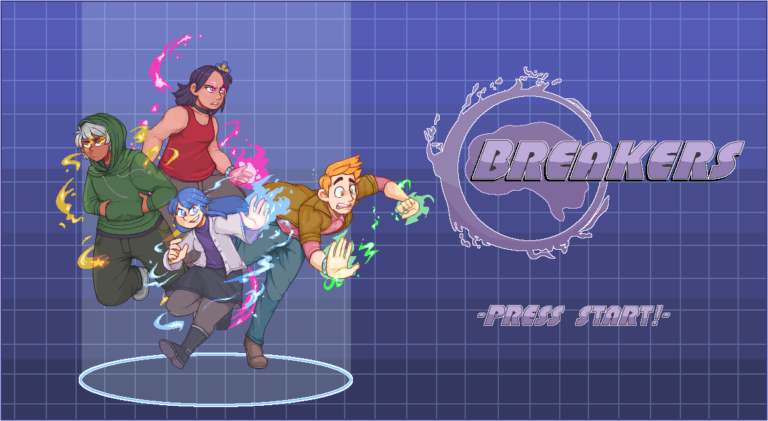
Awesome! Congratulations! What’s something about storyboarding you didn’t know at first or that you think most people don’t know about it?
I think everyone who gets into boarding from watching action, adventure, and fantasy—like I did—wants to make boards that are exciting, epic, or “show-offy.” In college, I used to try to board insane shots that I now realize would probably have made animators hate me. Experience in the industry taught me otherwise; as a board artist our job is to be problem-solvers instead. It’s all about finding the best and most economical way to tell a story, and there’s nothing wrong with simplicity.
How did you land your first gig? What skills did you need for your first job? What did you need in your portfolio?
I landed my first job at Stoopid Buddy Stoodios as a storyboard revisionist on Netflix’s The Chef Show. I had been applying to jobs for a whole year at that point, but I had admittedly gotten lucky that when I applied to Stoopid Buddy for a position on Robot Chicken, I had a friend who was working there and she recommended me. RC hadn’t even started the new season yet, but with her recommendation Stoopid Buddy was quick to grab me for an interview and a storyboard test. I quickly went to be a storyboard artist on Robot Chicken, then Crossing Swords and Marvel’s MODOK.
The skills I needed, and honestly the ones that I was least prepared for, were speed and efficiency. The turnaround times were short and required a quick pace. I had to learn on the spot to be more gestural and develop a clear shorthand in order to hit deadlines. For production as a whole, timeliness was the number two focus; number one was good storytelling.
I feel like my own personal work after college was what got me hired. I had focused more on finesse; making sure that I had good perspective drawing skills and understanding of space and layout as well as character acting and expressing. I toned down the crazy action I was doing and really tried to show that I could do whatever was needed of me. It turned out that my focus on perspective and space was what Stoopid Buddy focused on. I can understand how important it was that I had focused so much of my time simply on draftsmanship.
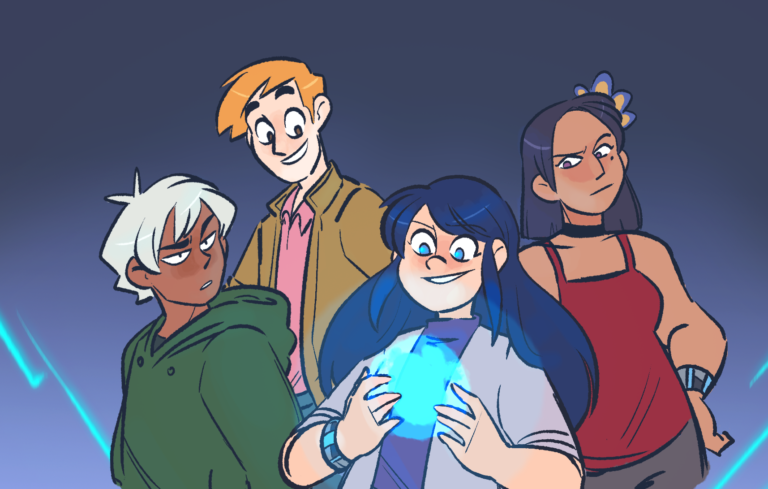
How do you market yourself? Sometimes artists feel uncomfortable about having to put their art out there or feel that it’s unnecessary to build an audience if you’re “good enough.” Can you dig into that?
I’m admittedly not the best at social media or building an audience. My own personal art is just things that I enjoy drawing because that’s how I keep myself from burning out. I do think it’s a nice feeling to have an audience and it’s exciting when people like what I do for myself.
When it comes to marketing or landing jobs through social media, it’s the same thing — all my animatics I do for my portfolio are from personal projects that I just wanted to do for fun. I made it a habit to make a long form animatic every month, and I feel like that in itself was how I stay relevant to recruiters. It’s good to always be making something new and update your portfolio regularly no matter if it’s for a big audience or not.
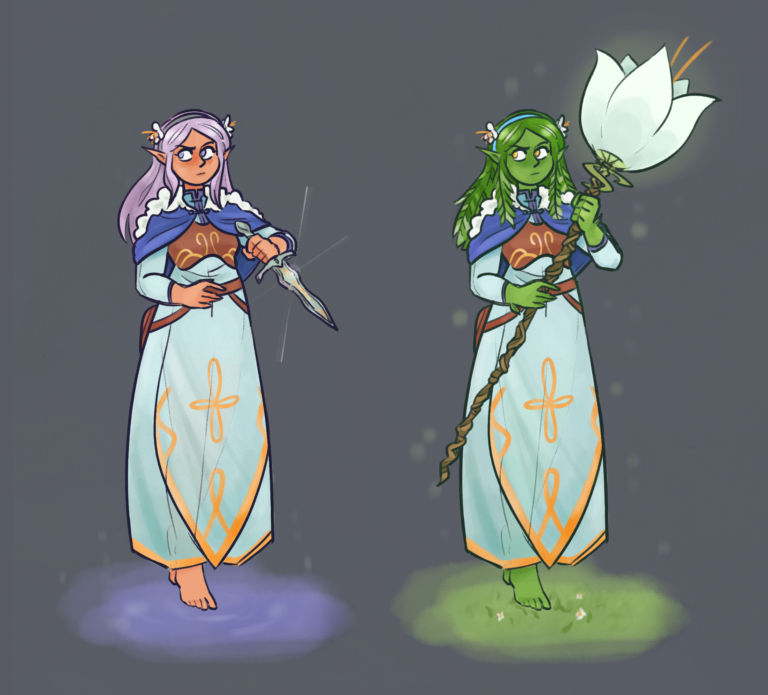
There’s a lot of thoughts on what it means to be Latinx. What does that mean to you?
To me it’s about pride, legacy, and visibility. It’s important for me to be able to say “I’m here” and be recognized for the journey that I’ve been on as part of the Latinx community rather than be drowned out by the suppressing effect of assimilation. I want to make my parents proud and continue the same legacy they had to also stand out and make themselves known.
In 1987, my dad immigrated from Yucatán and was determined to make a better life for himself and, eventually, for his children. When he arrived here, it was safer for him to assimilate into American mainstream culture and not stand out as a Mexican immigrant. When my sister and I were born, he was afraid that we would face discrimination and have a harder life if we weren’t raised to be like white American children, and so he raised us to speak English first.
My mom, Laura Sobrino, while being born and raised in California, was proud of her Mexican-American roots and made an effort to be loud and vocal about her heritage. She became an internationally famous mariachi, and a pioneer for women mariachi everywhere. She was inducted in the Music Hall of Fame and played the opening ceremony for the 2008 Olympics. She then went on to be a professor of ethnomusicology and a music teacher at Mariachi Heritage Society, a non-profit organization that teaches mariachi music to Los Angeles-area youth for free or at a minimal cost. She was amazing, and was my biggest supporter and push me to be the best person I could be. Through my mom, I latched on to the pride she had as a Latina woman and took it as my own as well. This is now a love and pride for my heritage that I’m determined to spread with my own future endeavors.
When my mother passed away in 2015 from an auto-immune disease, it was the hardest thing I’ve had to go through, but now years later my resolve has been strengthened to be loud and visible and make not only her proud, but my dad, my late grandparents, and the rest of my family as well. I’m not someone to assimilate anymore — I will have a voice and say “I’m here” as a Latina and make it as far as I can, just like my mom, because we in this community are powerful and don’t give up.
June is Pride Month. How does the intersection of being Latina and having an LGBTQ identity inform your work?
I am a transgender woman and a lesbian, and as such I’ve also lived a life of being put down, silenced, and othered. Similar to how I used to focus on assimilation to not stand out and face discrimination for my heritage, I also did the same with my LGBTQ identity. As I grew older and found my sense of pride. I now strive to be loud and vocal, stand out and be seen for the merit of my accomplishments and be able to say, “I’m here, I’m Latinx and Queer and I’m doing great.” It’s important for me to be a good role model, like my mom was to me, for other young Latinx and queer kids and teens to let them know that it’s possible for them to achieve their dreams. It’s hard to see that when there isn’t a lot of visibility and representation so I just have to be that myself for the next generation. It’s my own personal dream to make that representation happen in the media I work on, and my ongoing mission to push for diversity. As such, everything I create on my own time carries that message: to seek out your best self and work towards happiness and self-love, and to break past the barriers that silence us from being loud and proud.
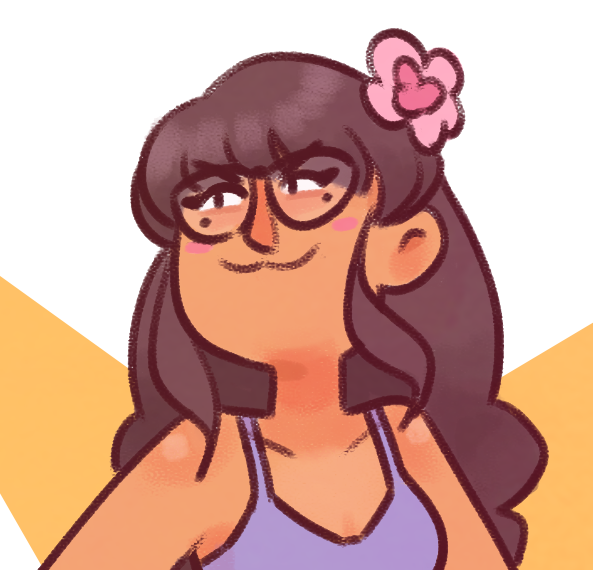
Thank you for your time, Nazul! Before you go, what’s one piece of advice you’d offer to emerging storyboarders or people on storyboard tracks looking to break into animation?
Tell your own story. It’s easy to follow what’s popular and do what everyone else is doing, but your own stories will shine through and both fans and professionals will see your voice and effort put into something you’re passionate about and have experienced. Everyone has an interesting and meaningful story to tell. Also, take care of your health! We’re in this career path because we love art and storytelling, so we put our best out there. Skill and experience will follow as long as you follow your path with passion and diligence, but also with safety and self-care.
Thank you for interviewing with us, Nazul!
Follow Nazul Sobrino on social media!
- Website: www.nazulsobrinoart.com
